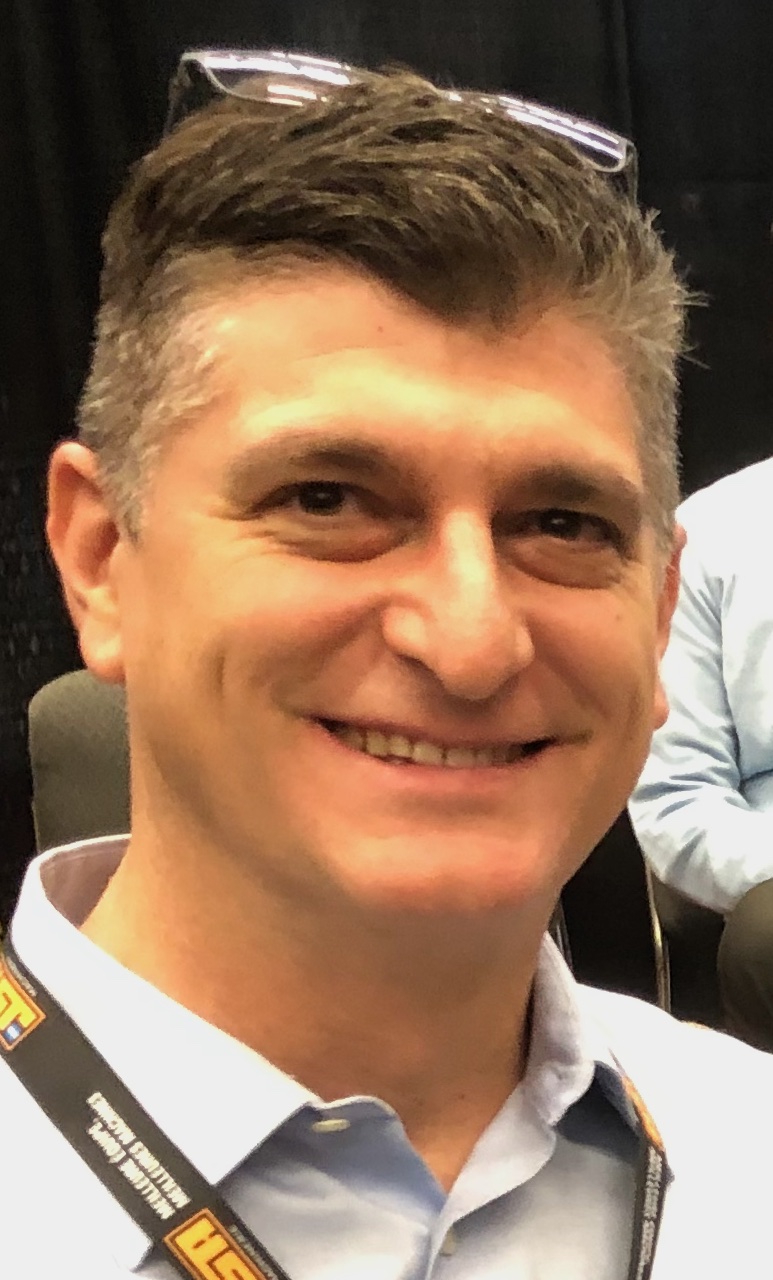
Features
The Engineer: The importance of design
It is vital that the design process use a multifacted design team.
March 21, 2023 By Claudio Sacilotto

I was asked a while back to be a regular contributor to Glass Canada magazine. Being the window nerd that I am, I’m sometimes burdened with lots on my mind so I thought, “Yes, for sure!” A great outlet to express my thoughts. Quarterly contribution to this magazine will be fun, and I hope to contribute a little bit of the delight that I got from reading David Heska’s articles. Replacing David’s contribution will be challenging. For the past five years, when the Glass Canada magazine arrived on my desk, it was his article I turned to first. I have big shoes to fill.
A little bit about me. I am a materials engineering graduate from McMaster University and have spent my entire career in the building and construction industry. Ten of those years I was devoted to working with a testing and certification agency. The rest of the time was in manufacturing, mostly in product design.
In my current role at a fenestration manufacturing facility, a lot of common product design practices are used, so I thought I’d share some of my thoughts about the design process and how I’ve found it works best. This applies to the development of new products and the modification of existing ones.
In order to enable a design, we need to have direction. Inputs into our design practice come from many voices. Feedback from customers and service technicians help us understand what issues are occurring in the field. Factory workers, supervisors and managers manufacture the products, so their input is very valuable as they best understand processing information. Building codes dictate the hard boundaries of many design considerations. For example, product strength and energy performance requirements are not easy targets for fenestration products in the building code. Ultimately, these design inputs need to be consolidated and thoroughly analyzed by senior management in order to establish a strategic direction of design. Oh, by the way, the product needs to look good. That is most important.
It is vital that the design process use a multi-faceted design team. If the design team is too heavily influenced by one skillset and there is no consultation or discussion with other colleagues, then the project runs the risk of being unsuccessful. Imagine group of engineers aiming to improve an obsolete product. Without input from other key people in the organization (such as sales or senior management), there could be a lot of wasted effort spent designing and developing a product that won’t make the company profitable. A varied age group also contributes to a successful design team. Younger employees can bring fresh new skills. Older employees can offer previous experience and knowledge. A combination of both is crucial.
Brainstorming is extremely important. In my current role, I get our team engaged in weekly three-hour-long design meetings. In those brainstorming meetings, I’m amazed by how many ideas get generated. Many ideas can start off silly but then evolve and then actually start making sense. My favourite example of this happened to me when someone suggested building a magnetic levitating sliding door; something you’d think is reserved for futuristic high-speed trains. However, after some very ingenious designs with a very ambitious team (and many prototypes), we designed, produced and manufactured a sliding door that was magnetically levitating and moved on a cushion of an invisible magnetic field. Not a standard or traditional product in any sense. Though this product is a niche product for a niche market, it goes to show that sometimes the craziest ideas are not that crazy.
In today’s boom of glass tower construction that we see in the cities, fenestration is playing a bigger role than ever in the design of buildings. Architects are always going to stretch the boundaries of their design and expect more from the fenestration industry. It is very important that we arm ourselves with helpful tools and a very effective design process. The future is always ahead and waiting for us.
Claudio Sacilotto is director of engineering and quality at Novatech Group in Woodbridge, Ont.
Print this page
Leave a Reply